Bearing clearance is one of the most important factors in the performance of tungsten carbide bushings.
If the clearance is too tight or too loose, problems such as friction, vibration, heat, noise, or even full pump failure can occur.
This article explains the common causes of clearance problems, how to detect them, and the best ways to fix and prevent them in pumps, compressors, and other rotating equipment.
Why Correct Clearance Matters
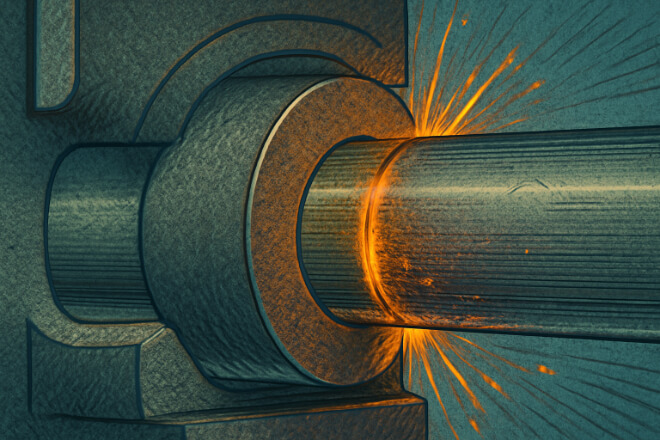
Tungsten carbide bushings are used because they provide strength, 硬度, and stability under high load. But they can only work correctly when the bearing clearance is within the design range.
1). If clearance is too small
Excessive friction
过热
Risk of seizing
High shaft wear
2). If clearance is too large
Shaft instability
Vibration
Noise
Premature bushing wear
Poor sealing performance
3). Typical Clearance Ranges
These are general values used in many industrial pumps:
| Pump Type | Recommended Clearance | Risk if Below Range | Risk if Above Range |
|---|---|---|---|
| Vertical turbine pump | 0.15–0.25 mm | Friction, heat | Vibration, wobble |
| Centrifugal pump | 0.10–0.20 mm | Seizure | Noise, instability |
| High-speed pump | 0.05–0.12 mm | Rapid failure | Seal leakage |
Correct clearance ensures smooth rotation, long service life, and reduced maintenance costs.
Common Causes of Incorrect Clearance
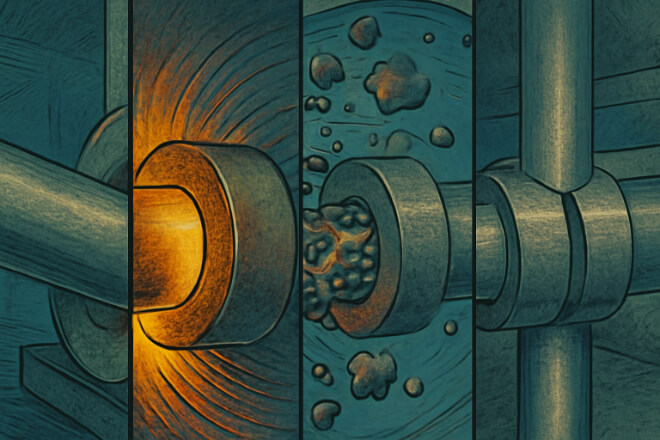
When clearance is not correct, the root cause usually comes from one of the following issues.
1). Manufacturing tolerance errors
Bore diameter too small or too large
Shaft size variation
Incorrect roundness
2). Thermal expansion
High temperatures cause the shaft to expand
Bushing expands less because carbide has a different thermal expansion rate
Clearance becomes too small during operation
3). Misalignment
Shaft not centered
Housing not straight
Pump and motor misaligned
4). Wear from dirty or abrasive fluids
Particles entering the bearing can:
Increase clearance
Score the surface
Damage roundness
5). Poor lubrication or dry running
Without proper fluid film, both the shaft and bushing wear faster.
Detecting Clearance Problems Early
Early detection is the best way to avoid serious equipment failure.
1). Key Warning Signs
| Sign | Likely Cause | Too Small Clearance | Too Large Clearance |
|---|---|---|---|
| High temperature | Friction or lack of lubrication | Very likely | Rare |
| Vibration | Shaft instability | Possible | Very likely |
| Noise | Rubbing, wobble, or contact | Likely | Likely |
2). Other signs include
Shaft contact marks
Uneven wear
Changes in pump efficiency
Frequent shutdown alarms
These symptoms usually appear long before total failure.
How to Measure Bearing Clearance Accurately
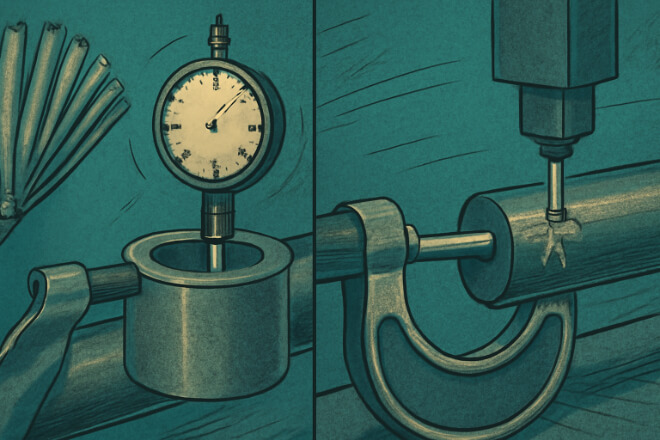
To troubleshoot clearance problems, accurate measurements are essential.
1). Tools Commonly Used
Feeler gauge
Bore gauge
微米
Dial indicator
CMM(坐标测量机)
2). Direct Clearance Measurement Methods
Measure shaft OD and bushing ID: Clearance = ID – OD
Use feeler gauge between shaft and bushing: Works well for large bearings.
Use CMM for precision-grade pumps: Very accurate for high-speed systems.
3). Important Notes
Always measure at room temperature
Measure in multiple directions (X, Y, and angular)
Check for out-of-round errors
Compare to engineering drawing values
Solving Too-Small Clearance Problems
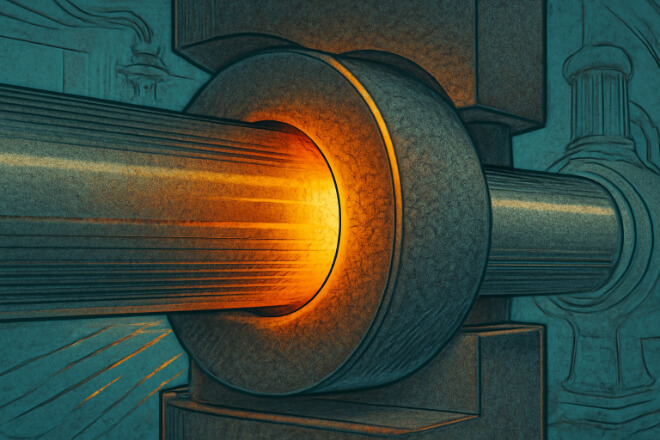
A clearance that is too small causes the most serious damage because it leads to heat and friction.
1). Main Causes
Incorrect machining
热膨胀
Installation force distortion
Wrong interference fit
2). Solutions
Re-hone the bushing bore
Increase lubrication flow
Improve shaft cooling
Use a carbide grade with slightly higher thermal expansion
Adjust installation process
3). When to Replace
If the inner wall is scored or heat-damaged, replacement is recommended.
Solving Too-Large Clearance Problems
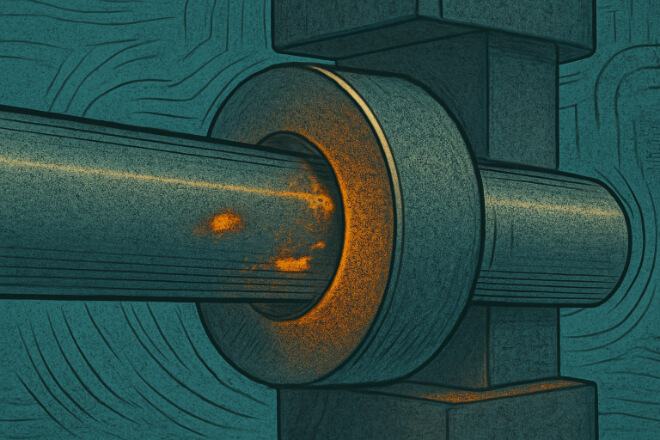
Large clearance reduces stability and may cause vibration or leakage.
1). Main Causes
Abrasive wear
Long-term operation
Shaft wear
Manufacturing tolerance issues
2). Solutions
Replace worn bushings
Rebuild or hard-coat the shaft
Improve filtration
Use harder carbide grade
Reduce flow turbulence
3). When to Replace
Replace if clearance exceeds the engineering limit or if vibration becomes severe.
Preventing Clearance Problems in the Future
Prevention is always cheaper than repair.
1). Key Prevention Steps
Maintain correct pump alignment
Monitor temperature and vibration
Improve filtration and remove solids
Ensure proper lubrication flow
Use the correct tungsten carbide grade
Avoid sudden start-stop cycles
2). Recommended Maintenance Schedule
| Interval | Action | 目的 | Result |
|---|---|---|---|
| Monthly | Check vibration | Detect instability early | Longer bushing life |
| Quarterly | Check shaft condition | Find wear issues | Lower repair cost |
| Yearly | Inspect bushing clearance | Maintain performance | Better pump reliability |
结论
Bearing clearance problems can cause serious damage to tungsten carbide bushings and the equipment they support.
By understanding the causes, detecting early signs, measuring correctly, and applying the right corrective steps, decision-makers can greatly extend the life of their pumps and reduce downtime.
如果您想了解任何公司的更多详细信息,请随时 联系我们。
